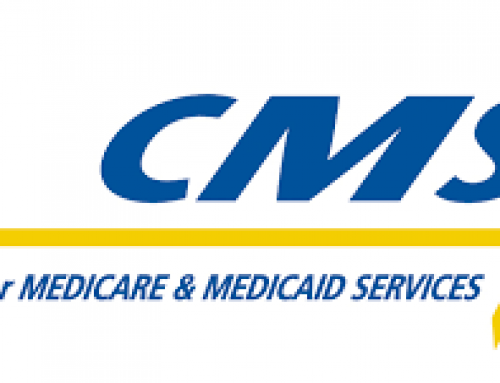Positive Environment for Medicare Advantage
By Mindy Yochelson
With steady growth and higher payment rates, it’s a good time for health plans to be in the Medicare Advantage business, a health care consultant said Oct. 6.
MA enrollment has grown 7 percent annually, has reached 17 million beneficiaries and will be “north of 29 million” enrollees by the end of 2023, according to John Gorman, executive chairman, Gorman Health Group, LLC.
In addition, “2016 is the first year where we see, in the aggregate, positive rates,” Gorman said at a conference sponsored by CAPG, an association of physicians who are part of capitated, coordinated care arrangements.
The Centers for Medicare & Medicaid Services in April announced that Medicare Advantage rates will rise by an average 1.25 percent in 2016.
Private Plan Success Gorman did caution about some stumbling blocks that businesses already offering or seeking to offer MA plans should consider.
However, overall, he said that the success of MA is almost like the “Ryan plan” got enacted without legislation.
House Ways and Means Committee Chairman Paul Ryan (R-Wis.) has advocated for turning Medicare into a voucher program. Individuals turning age 65 wouldn’t enroll in fee-for-service Medicare but would receive a voucher to purchase private health insurance.
Gorman said there will be particular interest in MA local preferred provider organizations, which will be considered favorably by more affluent baby boomers.
The baby boom generation, in general, is “totally comfortable” continuing in retirement with MA managed care plans, which are similar to those they had during employment, he said.
SNP Growth
Growth also will occur in MA special needs plans intended for those who are dually eligible for Medicare and Medicaid, known as D-SNPs, particularly as states move their long-term care populations into capitated managed care environments, he said.
Some Medicaid plans that attempted to serve the dual eligible population have stumbled, he said, after believing they could use a “one-size all fits all” benefit design that had been successful with other Medicaid eligibles, such as children.
In addition, he said, some accountable care organizations that didn’t qualify for shared savings may want to convert to the MA program.
“The vast majority of ACOs will have invested millions but they are not going to see any money back,” he said.
These ACOs already have many of the components of a MA plan, such as a provider network, and have “mastered the hard part” in terms of case management, he said.
Compliance Warnings
Gorman, however, offered some caveats about MA participation.
This year represents the “most punitive” ever in terms of compliance penalties levied by the Centers for Medicare & Medicaid Services, he said.
“The compliance environment is absolutely unforgiving,” he said. “They’re looking at this industry much tougher.”
With Part D drug quality measures being counted “50 percent more toward your overall score” than health-care measures on the CMS’s one-to-five star rating system, Gorman said MA plans need to be particularly careful about choosing the right prescription benefit manager.
“This is the most important decision you will make,” he said.
PBMs can be a cause of member dissatisfaction and lead to compliance problems with the CMS, he said.
Competitive Environment
With the pending insurance mergers between Aetna and Humana and Anthem and Cigna, other companies in the MA industry will be “fighting against much bigger entities,” Gorman also cautioned.
“The aggregation of this program has really multiplied very quickly,” he said.
In 2006, the top five MA plans owned about 38 percent of the MA business; this grew to 57 percent in 2015, he said.
Advice
For those in the business, his advice included being “member-centric” with proactive customer service. The CMS quality star ratings are driving the market, and member experience represents one third of star ratings, he said.
With self-reporting of data determining plan payments, those in charge of that need to be “obsessive on details” in order for the plans to get paid right.



Leave A Comment
You must be logged in to post a comment.